

Articles
How To Store Homemade Pasta
Modified: January 6, 2024
Learn the best techniques for storing homemade pasta in this comprehensive guide. Discover helpful tips and tricks to keep your pasta fresh and flavorful for longer.
(Many of the links in this article redirect to a specific reviewed product. Your purchase of these products through affiliate links helps to generate commission for Storables.com, at no extra cost. Learn more)
Introduction
Homemade pasta is a delightful and versatile dish that offers a world of culinary possibilities. Whether you’re making spaghetti, fettuccine, or ravioli, creating your own pasta from scratch allows you to control the quality of ingredients and customize your flavors. However, making a large batch of homemade pasta can lead to leftovers. The question then arises: How do you store homemade pasta to keep it fresh and delicious?
In this article, we will guide you through the steps of storing homemade pasta properly. From preparing the dough to packaging it for long-term storage, we will share helpful tips and techniques to ensure that your pasta stays fresh and flavorful.
Before we dive into the details, there are a few key pieces of equipment you will need to have on hand:
- A pasta roller or a rolling pin: This will help you roll out the dough to your desired thickness.
- A pasta cutter or a sharp knife: You will use this to shape the pasta into the desired format, such as spaghetti, fettuccine, or lasagna sheets.
- A drying rack or a clean, flat surface: This is essential for drying the pasta before storing it.
Now that you have gathered your equipment, let’s move on to the ingredients you will need to make and store your homemade pasta.
Key Takeaways:
- Properly storing homemade pasta involves using airtight containers, labeling for freshness, and considering freezer storage to extend its shelf life. With attention to detail, you can enjoy delicious homemade pasta for months to come.
- From making the dough to shaping and drying the pasta, each step contributes to successful storage. With the right equipment and techniques, you can confidently store homemade pasta and savor its delightful taste whenever you desire.
Read more: How To Store Homemade Pasta Dough
Equipment Needed
Before diving into the process of storing homemade pasta, it’s important to ensure that you have the right equipment on hand. Having the proper tools will not only make the process easier but also help preserve the quality of your pasta. Here are the essential items you will need:
- A pasta roller or a rolling pin: This tool is crucial for rolling out the pasta dough to the desired thickness. A pasta roller is a great investment if you plan on making homemade pasta frequently, as it ensures uniform thickness and saves time.
- A pasta cutter or a sharp knife: To shape the pasta, you will need a pasta cutter or a sharp knife. There are various pasta cutters available, each designed for different pasta shapes. If you don’t have a pasta cutter, a sharp knife will do the job.
- A drying rack or a clean, flat surface: After shaping the pasta, it needs to be dried before storage. A drying rack with rods or a clean, flat surface will allow air to circulate around the pasta and prevent it from sticking together.
- Airtight containers or resealable bags: To store the pasta, you will need airtight containers or resealable bags. These will help keep the pasta fresh and prevent moisture from getting in. Make sure the containers or bags are free from any lingering odors that could transfer to the pasta.
Having the right equipment will make the process of storing homemade pasta much easier and ensure that your pasta retains its texture and flavor. Now, let’s move on to the ingredients you’ll need to make your homemade pasta.
Ingredients
When it comes to homemade pasta, the ingredients are minimal but crucial for achieving the best results. Here are the basic ingredients you will need:
- All-purpose flour: Start with good quality all-purpose flour, which is essential for creating the right texture and structure of the pasta dough. Avoid using self-rising or cake flour, as they have different protein levels that may affect the final result.
- Eggs: Eggs are another essential ingredient in pasta dough. They provide moisture, richness, and help bind the dough together. Fresh, large eggs are best for making homemade pasta.
- Salt: Adding salt to the pasta dough enhances the flavor and helps strengthen the dough structure.
- Water (optional): While not always necessary, water can be added to the dough if needed to achieve the right consistency. This may depend on the humidity level in your kitchen or the moisture content of the flour.
These basic ingredients will form the foundation of your homemade pasta dough. However, you can also experiment with additional ingredients to add flavor or color to your pasta. For example:
- Herbs and spices: Incorporating dried herbs or spices into the dough can infuse your pasta with unique flavors. Consider adding basil, oregano, or even cayenne pepper for a spicy kick.
- Vegetable puree: Pureed vegetables like spinach, beetroot, or carrot can add vibrant colors to your pasta. They also contribute subtle flavors and added nutrients.
- Flavored oils: Infusing your pasta dough with flavored oils, such as garlic-infused olive oil or truffle oil, can provide a delightful aromatic element to your dish.
Now that you know what equipment and ingredients you need, let’s move on to the step-by-step process of making and storing homemade pasta.
Step 1: Making the Pasta Dough
The first step in storing homemade pasta is, of course, making the pasta dough. While there are various recipes and methods for making pasta dough, the classic method involves the following steps:
- Measure the ingredients: Start by measuring the amount of all-purpose flour you will need for your desired batch size. A general rule of thumb is to use 100 grams of flour per person, which equates to approximately one cup.
- Combine the flour and salt: In a large mixing bowl, sift the flour and add a pinch of salt. Mixing the salt into the flour evenly distributes it and enhances the pasta’s flavor.
- Create a well in the center: Use your hands or a spoon to create a well in the center of the flour mixture. This will be where you pour the wet ingredients.
- Add the eggs: Crack the eggs into the well and use a fork or your fingers to gradually whisk them together, incorporating the flour from the sides. Continue mixing until a rough dough starts to form.
- Knead the dough: Once the dough is too thick to mix with a fork, turn it out onto a lightly floured surface. Use your hands to knead the dough for about 5-10 minutes, until it becomes smooth and elastic. This process develops the gluten in the flour and creates a cohesive dough.
- Rest the dough: Wrap the dough in plastic wrap or cover it with a clean kitchen towel and let it rest for at least 30 minutes. This allows the gluten to relax and ensures that the dough is easier to roll out later.
There are variations in pasta dough recipes, such as using only egg yolks for a richer dough or adding water for a softer texture. Feel free to experiment and find the method that suits your preference.
Now that you have successfully made the pasta dough, it’s time to move on to the next step: rolling and shaping the pasta.
Step 2: Rolling and Shaping the Pasta
After making the pasta dough, the next step is to roll it out and shape it into the desired pasta format. Here’s how you can do it:
- Divide the dough: Unwrap the rested dough and divide it into smaller portions. This will make it easier to work with and prevent it from drying out too quickly.
- Flatten the dough: Take one portion of the dough and flatten it with your hands or a rolling pin. Aim for a thickness of about ¼ inch (6 mm) to start.
- Adjust the roller: If you’re using a pasta roller, set it to the widest setting (usually 0) and pass the dough through the roller. Fold the dough in thirds like a letter and pass it through the roller again. Repeat this process a few times to knead and smooth the dough.
- Gradually thin the dough: As the dough becomes more pliable, decrease the roller setting to a narrower width (such as 1 or 2) and pass the dough through again. Continue decreasing the width with each pass until the desired thickness is achieved. For spaghetti or fettuccine, a thin setting is usually best, while lasagna sheets may require a slightly thicker setting.
- Shape the pasta: Once the dough is rolled out to the desired thickness, it’s time to shape it into the desired pasta format. You can cut it into strips for spaghetti or fettuccine or use a cutter to create shapes like ravioli or tortellini.
As you roll and shape the pasta, make sure to lightly flour both sides of the dough to prevent sticking. If using a pasta cutter, dust it with flour to ensure clean cuts. Be mindful not to overcrowd the pasta as you shape it, as it can easily stick together.
If you don’t have a pasta roller, you can also roll out the dough with a rolling pin. It may take a bit more effort to achieve an even thickness, but the results will still be delicious homemade pasta.
Once you have shaped the pasta, it’s time to move on to the next step: drying the pasta.
After drying homemade pasta, store it in an airtight container at room temperature for up to 2 weeks or in the freezer for up to 2 months. Be sure to label the container with the date it was made.
Read more: How To Store Homemade Pasta Noodles
Step 3: Drying the Pasta
After shaping the pasta, it’s essential to dry it properly before storing it. Drying the pasta helps remove excess moisture and prevents it from sticking together. Here’s how to dry your homemade pasta:
- Prepare a drying rack or clean surface: Set up a drying rack with rods or a clean, flat surface where you can lay the pasta without overlapping. If using a drying rack, make sure it is clean and free from any residue.
- Arrange the pasta: Carefully transfer the shaped pasta to the drying rack or surface, ensuring that none of the pieces touch or overlap. This will prevent them from sticking together as they dry.
- Air-dry the pasta: Leave the pasta to air-dry for at least 30 minutes to an hour, or until it feels dry to the touch. The drying time may vary depending on the thickness of the pasta and the humidity levels in your kitchen.
- Turn the pasta: Flip the pasta over halfway through the drying process to ensure that both sides dry evenly. This will help prevent any moisture from being trapped and causing the pasta to spoil during storage.
A well-dried pasta will feel firm and slightly brittle. It should not bend or crack when handled gently. If the pasta feels soft or sticky, it may need more drying time.
Keep in mind that fresh pasta takes less time to dry compared to pasta made with eggs and semolina flour. The drying time can range from a couple of hours up to a day, depending on the thickness, ingredients, and environmental conditions.
Once the pasta is completely dried, it’s time to move on to the final step: storing the pasta to maintain its freshness and flavor.
Step 4: Storing the Pasta
Proper storage is crucial for maintaining the freshness and quality of your homemade pasta. Here’s how you can store it effectively:
- Airtight containers: The best way to store homemade pasta is in airtight containers. Transfer the dried pasta into clean, airtight containers, ensuring that there is enough room for the pasta to move freely without being squished or broken.
- Resealable bags: If you don’t have airtight containers, resealable bags can also be used. Place the pasta in a resealable bag, squeeze out any excess air, and seal it tightly. Make sure to label the bags with the pasta type and date.
- Keep in a cool, dry place: Store the pasta in a cool, dry place away from direct sunlight and humidity. Excessive moisture can cause the pasta to become limp or moldy, while exposure to heat and sunlight may shorten its shelf life.
- Avoid odorous environments: Keep the pasta away from strong-smelling foods or substances, as pasta tends to absorb odors easily. This will help preserve the pure flavor of your homemade pasta.
If stored properly, homemade pasta can last for several months. However, it is best to consume it within 1-2 months for optimal freshness and flavor.
When you’re ready to cook the stored pasta, simply remove the desired amount from the airtight container or resealable bag. There’s no need to defrost it. Cook the pasta in a pot of boiling salted water until al dente, typically around 2-4 minutes for fresh pasta.
Remember, if you notice any signs of spoilage, such as a strange odor, discoloration, or mold, it’s best to discard the pasta to ensure your safety.
Now that you know how to store your homemade pasta, let’s explore some additional tips for long-term pasta storage.
Tips for Long-Term Pasta Storage
To ensure the long-term storage of your homemade pasta, here are some helpful tips to keep in mind:
- Proper sealing: Make sure to seal the containers or resealable bags tightly to prevent air and moisture from entering. Oxygen and moisture can lead to the growth of bacteria or mold, which can spoil the pasta.
- Labeling: Label the containers or bags with the type of pasta and the date of storage. This will help you keep track of the pasta’s freshness and ensure you use the oldest pasta first.
- Frequent rotation: If you plan on storing homemade pasta for an extended period, it’s a good practice to use the oldest pasta first and rotate your stock. This will prevent the pasta from sitting untouched for too long and ensure that it gets used before its quality deteriorates.
- Freezer storage: If you want to extend the shelf life of your homemade pasta even further, you can store it in the freezer. Place the dried pasta in airtight freezer bags or containers to protect it from freezer burn. Frozen pasta can last for up to 6 months without significant loss of quality.
- Gradual consumption: It’s important to only take out the amount of pasta you plan to cook. Constant exposure to air can cause the pasta to become stale and affect its taste and texture.
- Store different types separately: If you have different types of pasta, it’s best to store them separately to prevent cross-contamination of flavors and aromas. This is especially important for strongly flavored pasta like garlic-infused or herb-infused varieties.
By following these tips, you can confidently store your homemade pasta for an extended period while retaining its delicious taste and texture. Making a large batch of pasta and properly storing it allows you to enjoy homemade pasta whenever you desire, without the need to make it from scratch every time.
Now that you’re equipped with the knowledge of storing homemade pasta, you can indulge in your favorite pasta dishes whenever the craving strikes. Enjoy the convenience and satisfaction of having homemade pasta on hand, and let your culinary creativity flow.
Remember, the key to successful pasta storage is maintaining airtight conditions, proper labeling, and using the pasta within a reasonable timeframe. With these practices in place, your homemade pasta will remain a delightful culinary delight for months to come.
Conclusion
Storing homemade pasta doesn’t have to be a challenge. With a few simple steps and the right techniques, you can ensure that your pasta stays fresh and delicious for an extended period.
By following the steps outlined in this article, you can make and store homemade pasta with ease. Starting with the right equipment, such as a pasta roller and a drying rack, will set you up for success. Using quality ingredients and getting creative with flavors allows you to customize your pasta to your liking.
From making the pasta dough to rolling and shaping it, each step contributes to the overall process. Drying the pasta thoroughly and storing it in airtight containers or resealable bags prevents moisture and air from compromising its quality.
Long-term pasta storage requires attention to detail, including proper sealing, labeling, and rotation. Freezing the pasta can also extend its shelf life, making it a convenient option for enjoying homemade pasta whenever you want.
With these tips in mind, you’ll be able to store your homemade pasta confidently and savor its delicious taste in the future. So go ahead and embark on your pasta-making journey, knowing that you can not only create a delightful dish but also preserve it for future enjoyment.
Homemade pasta is a labor of love, and with proper storage, you can make the most of your efforts. Now, it’s time to unleash your culinary creativity and indulge in the wonders of homemade pasta, ready to be enjoyed whenever the craving strikes.
Frequently Asked Questions about How To Store Homemade Pasta
Was this page helpful?
At Storables.com, we guarantee accurate and reliable information. Our content, validated by Expert Board Contributors, is crafted following stringent Editorial Policies. We're committed to providing you with well-researched, expert-backed insights for all your informational needs.

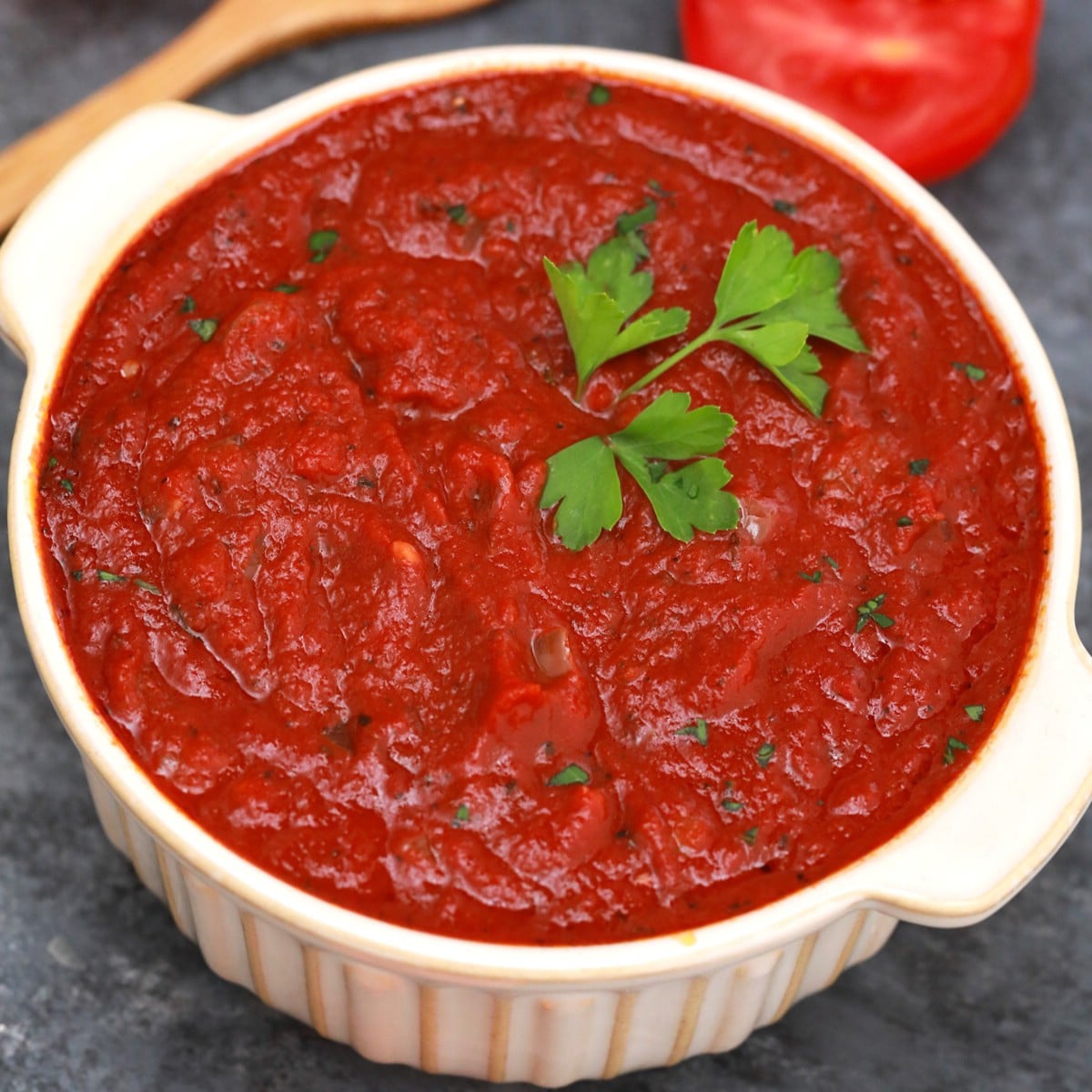
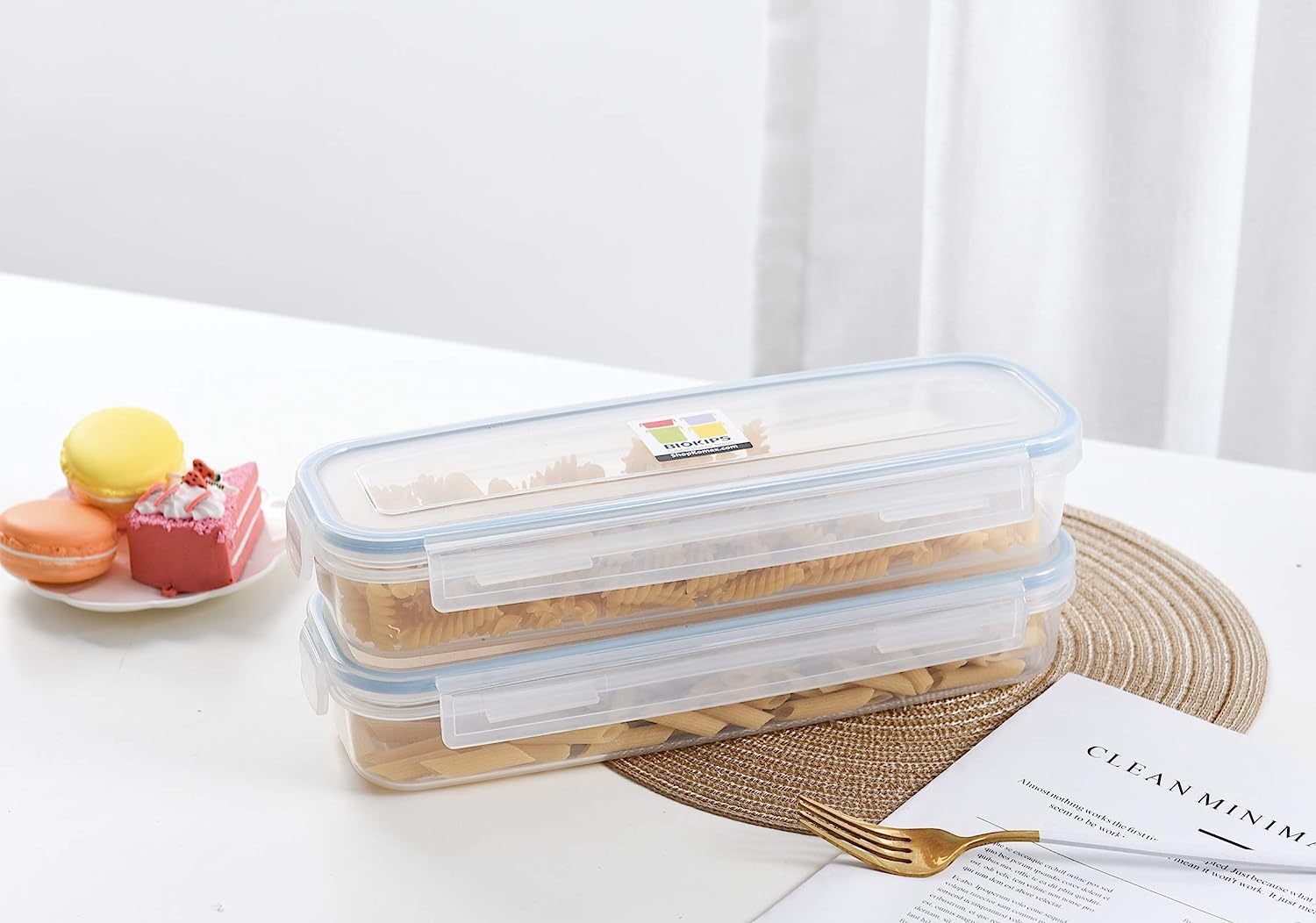
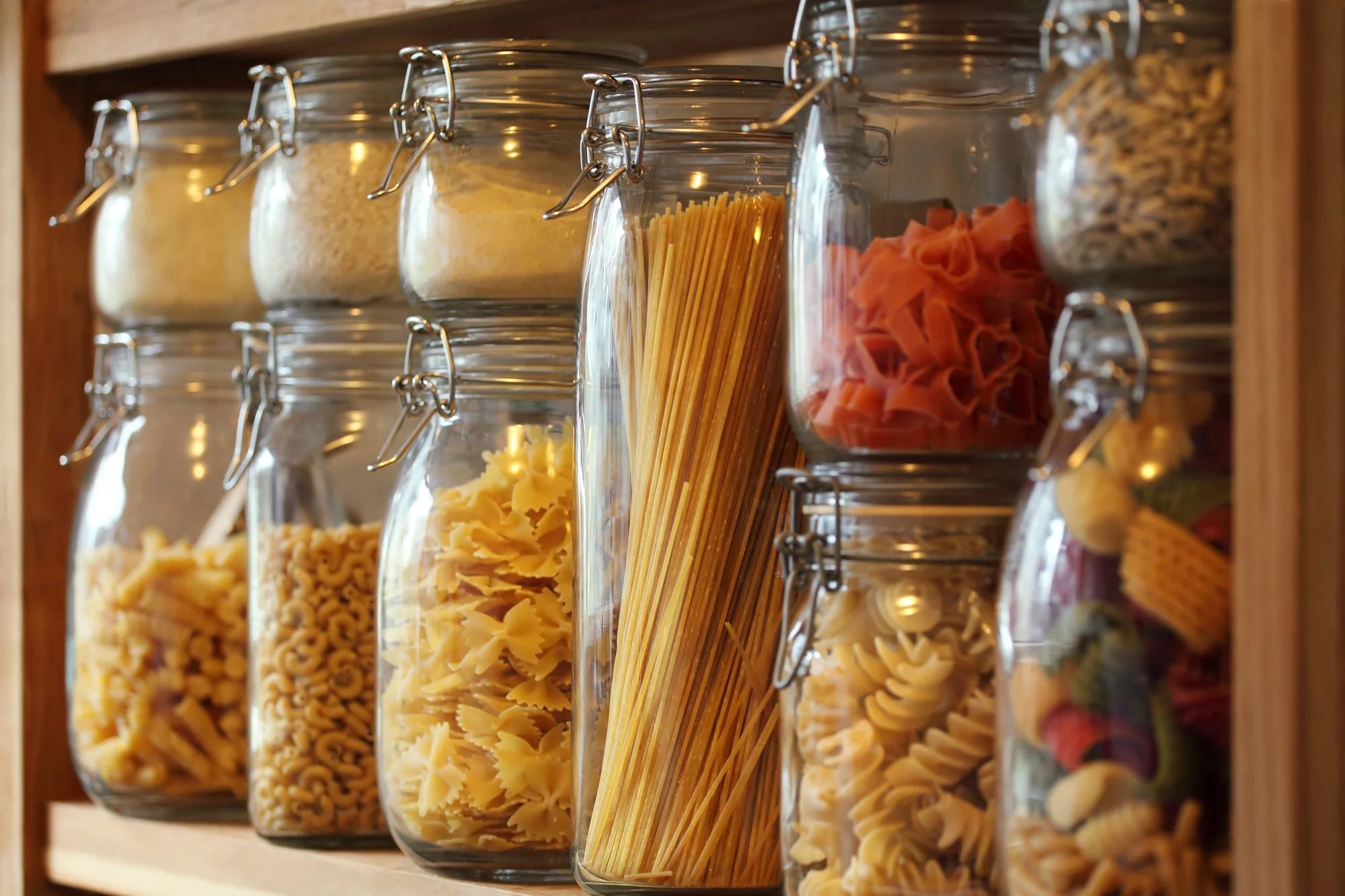
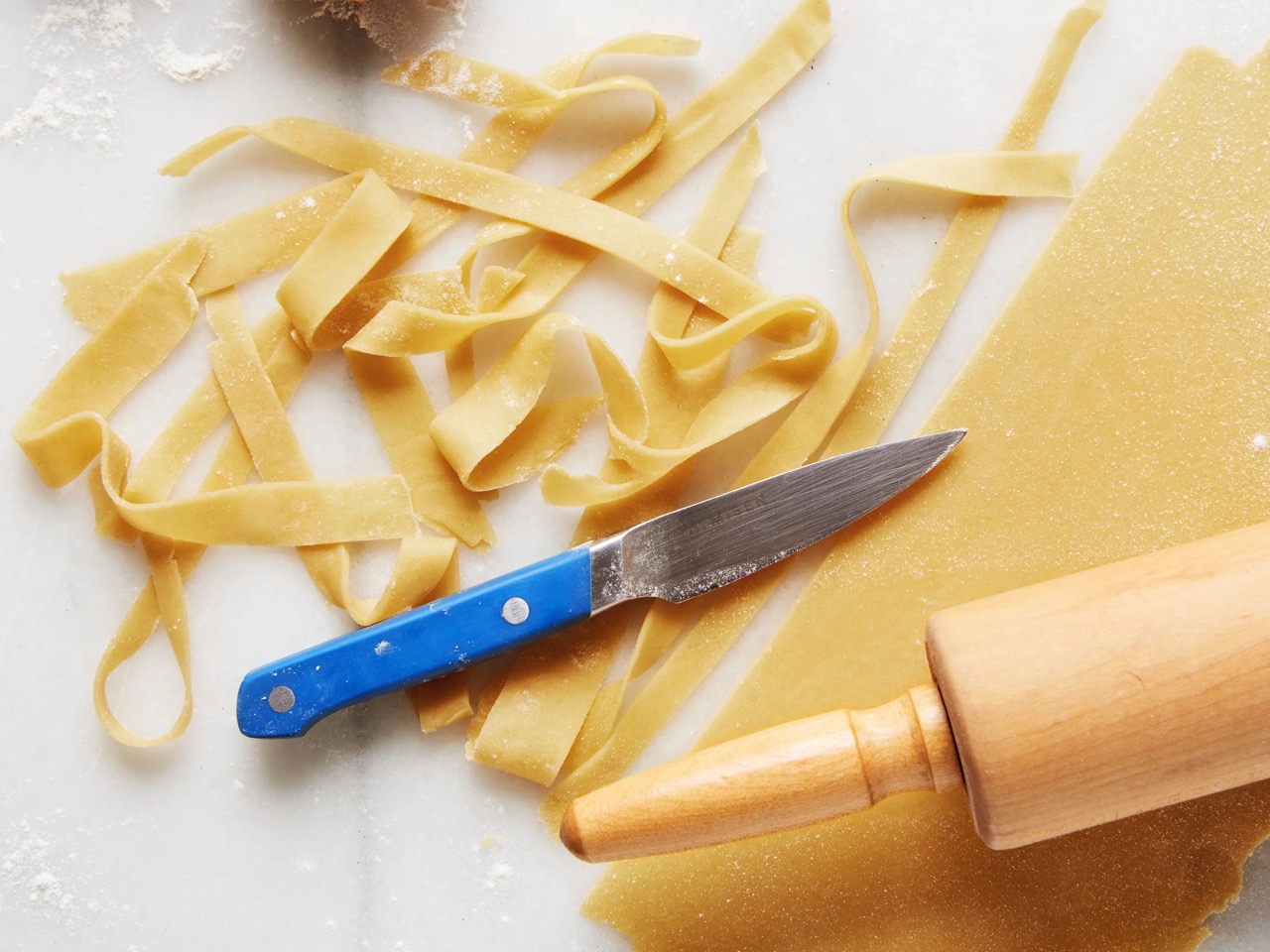
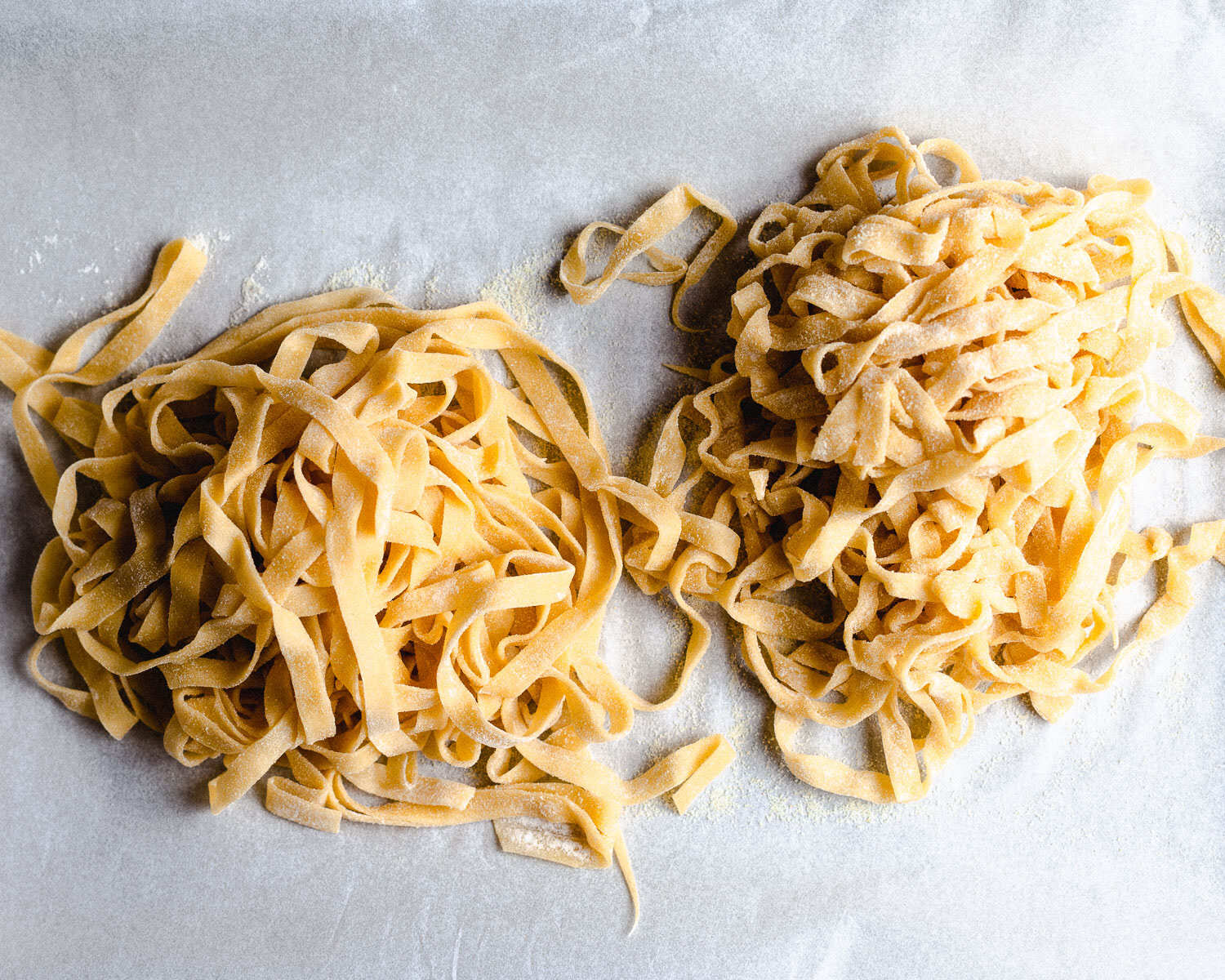

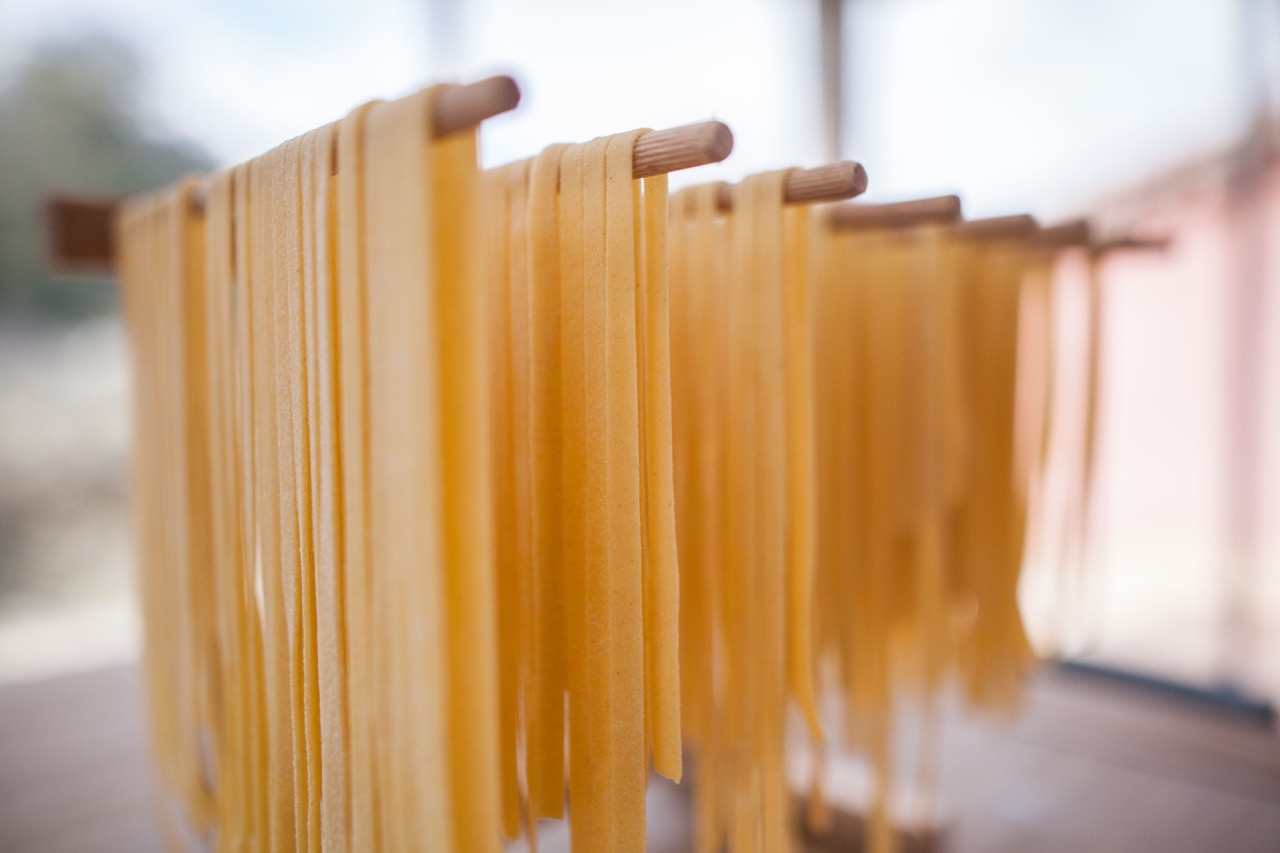
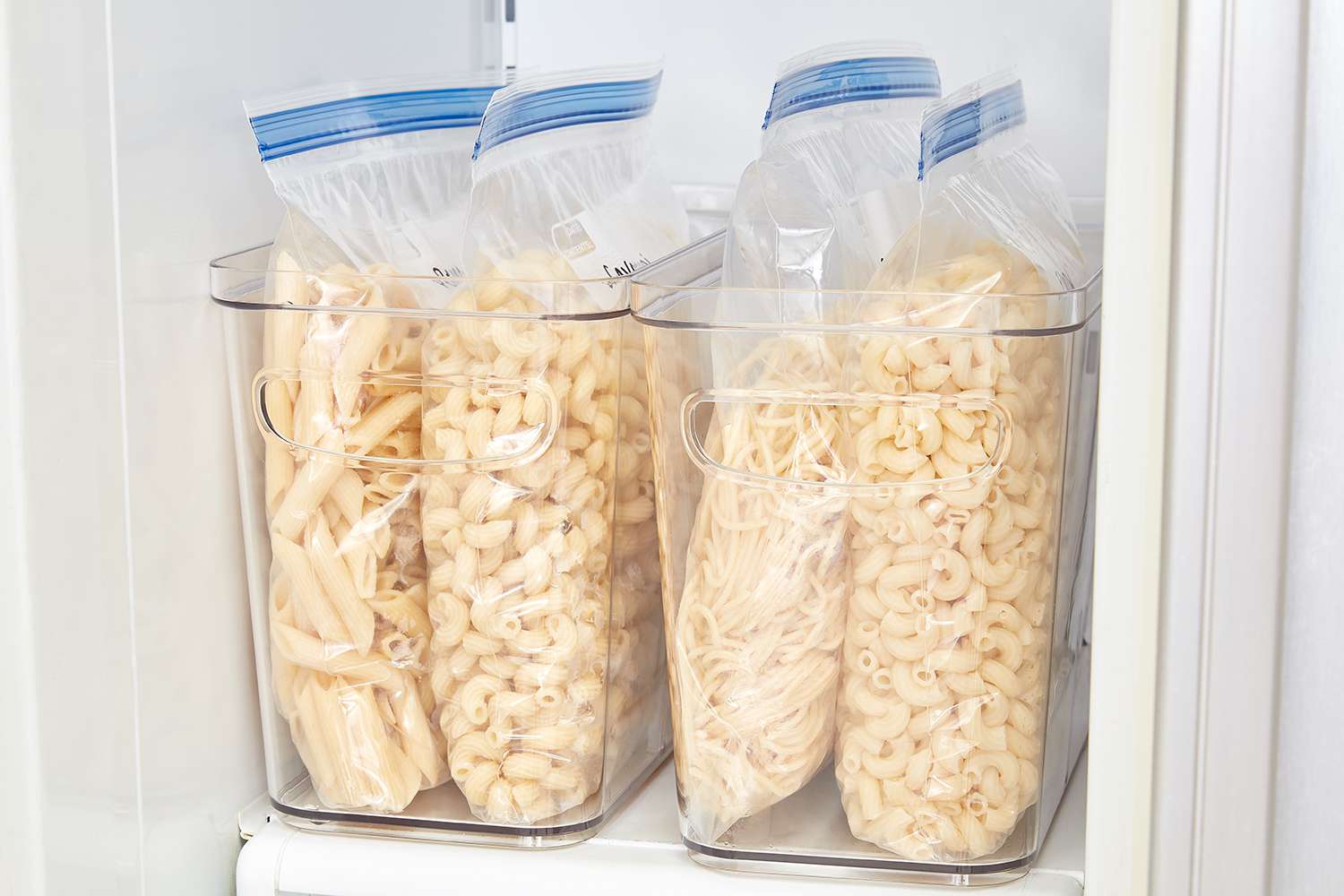
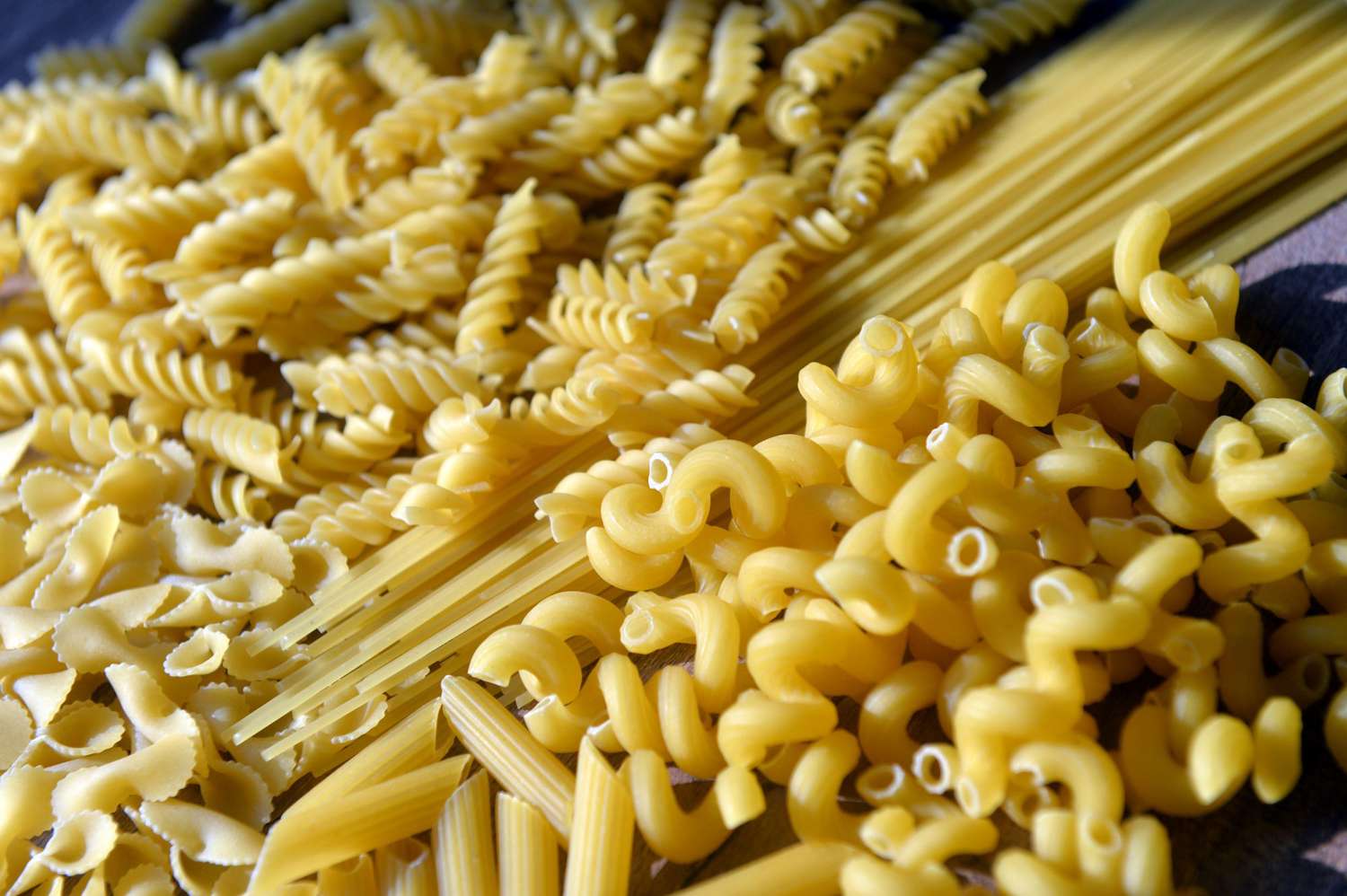
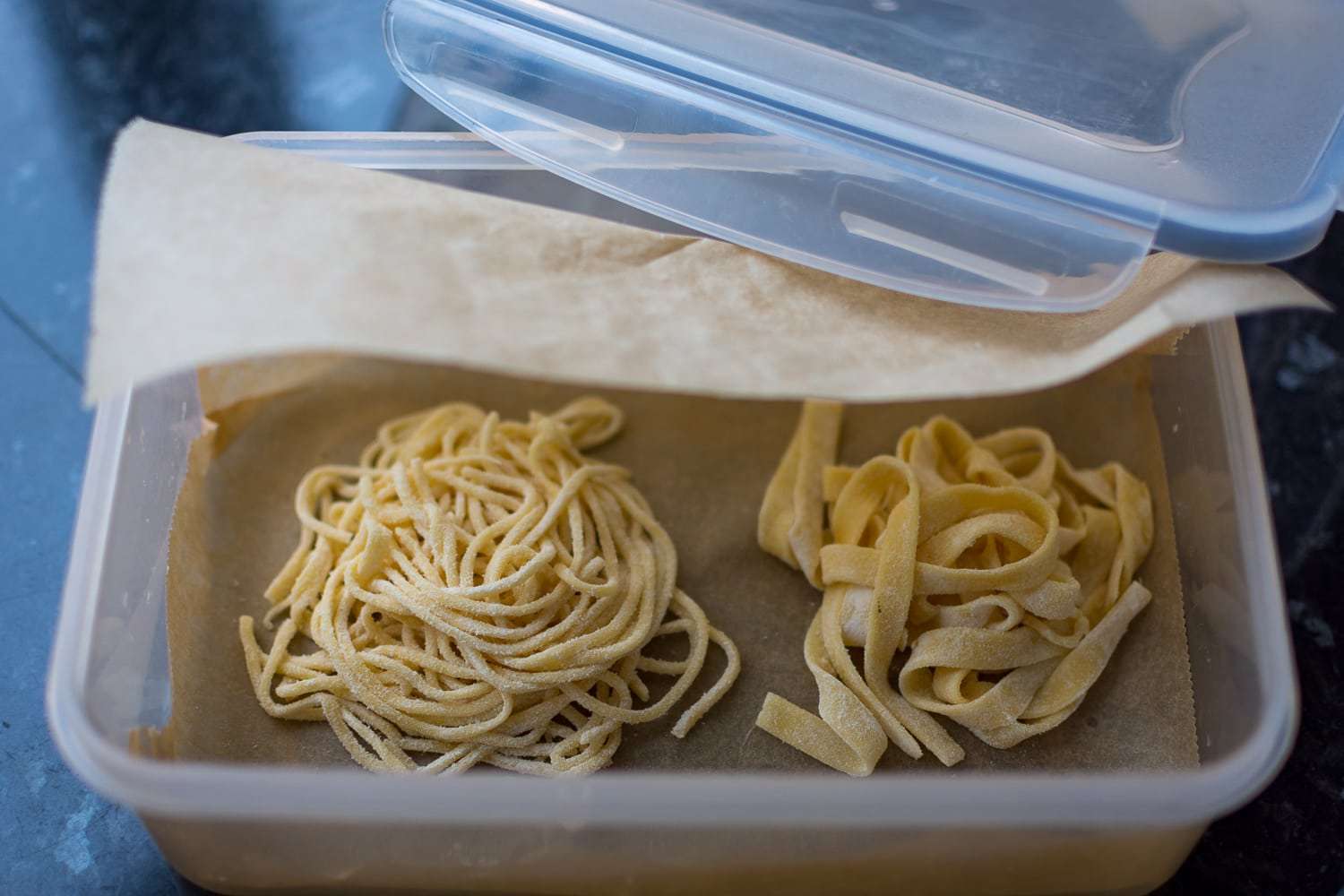
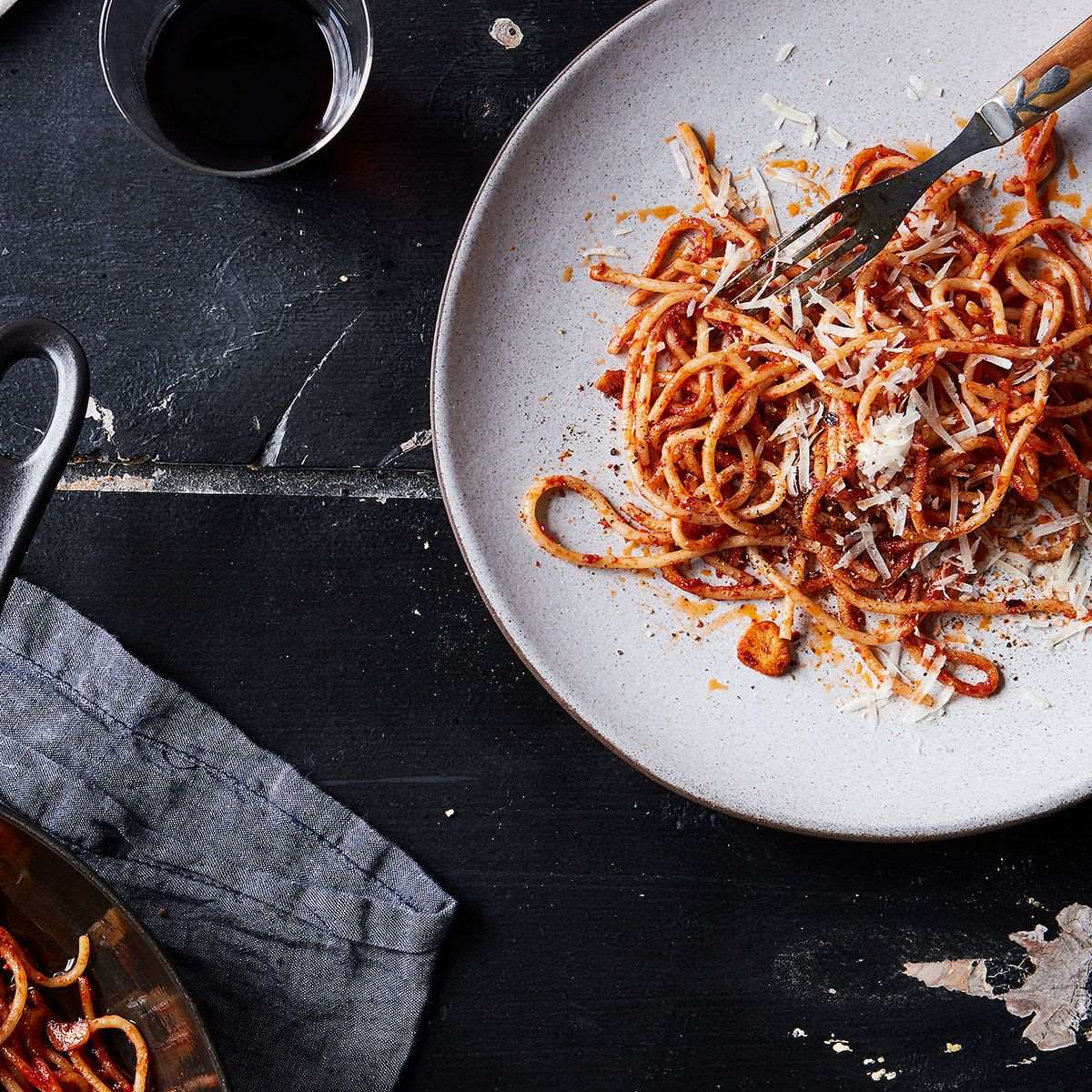
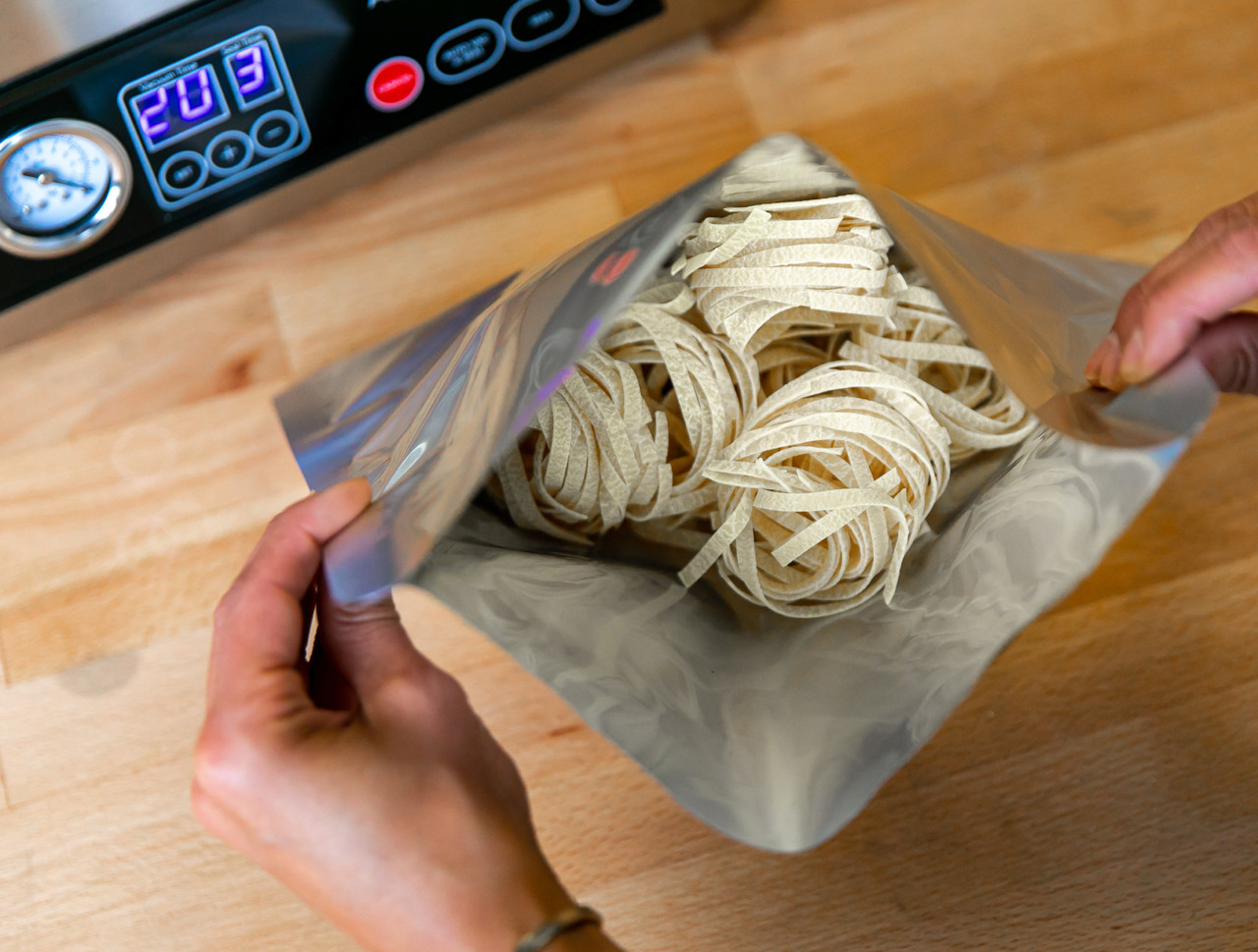
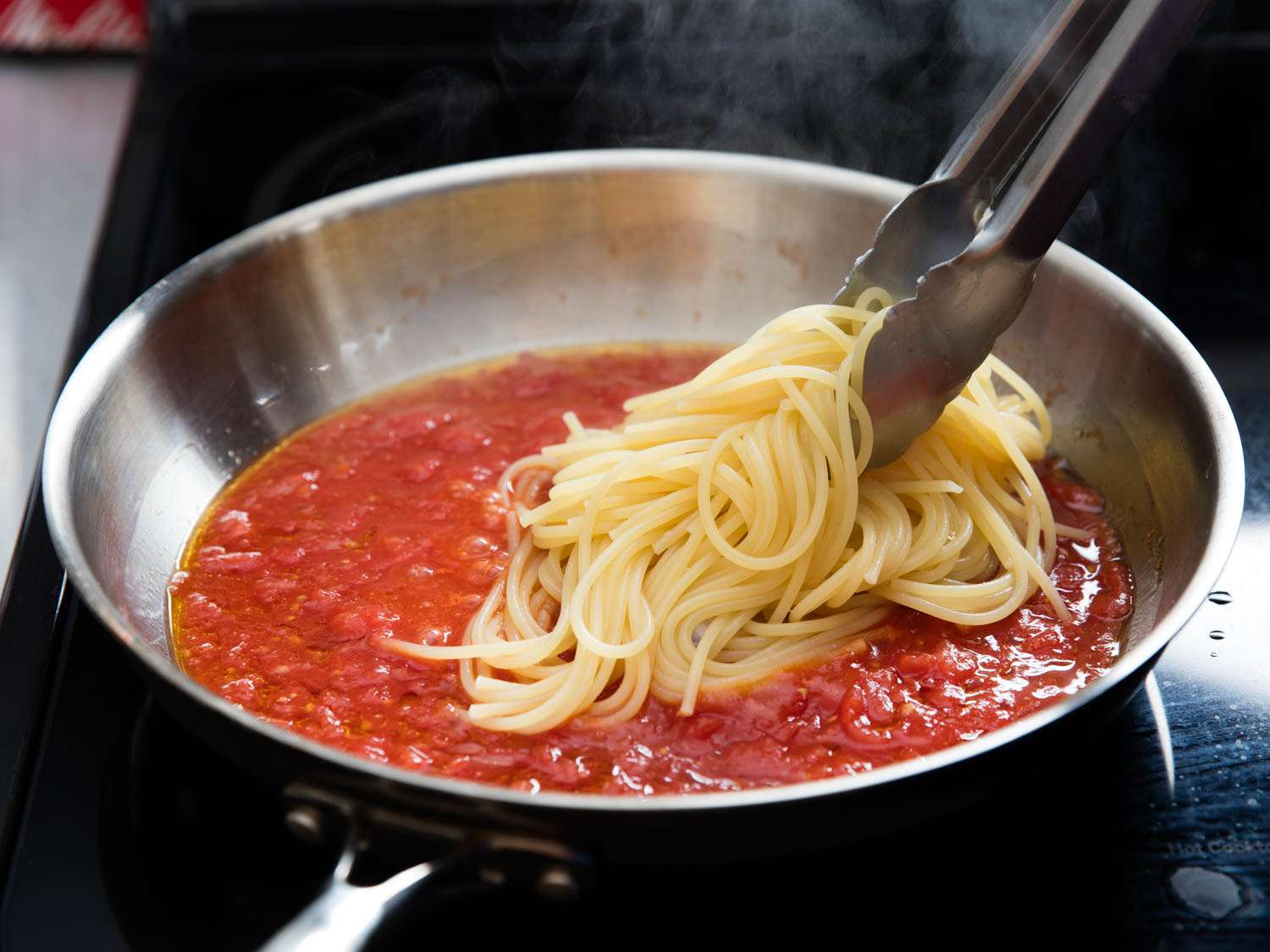

0 thoughts on “How To Store Homemade Pasta”